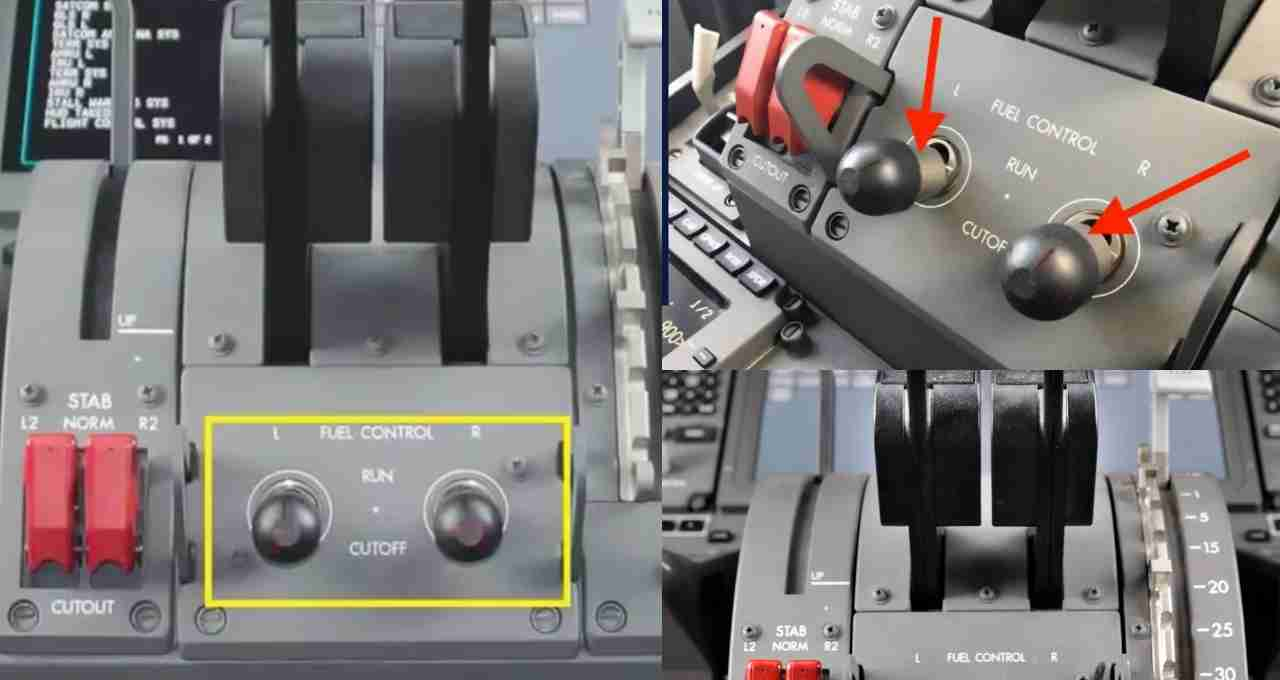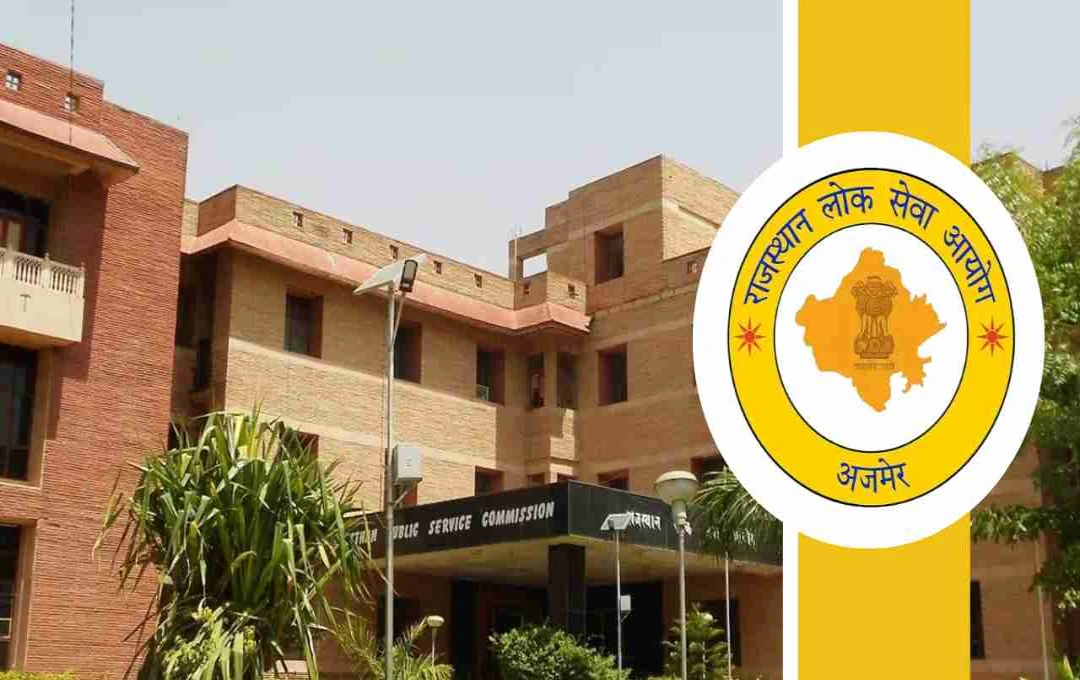The AAIB report reveals that both engine fuel switches were turned off before the Ahmedabad plane crash. The FAA had warned about this flaw in 2018, but it was ignored.
Plane Crash: The preliminary report from the Aircraft Accident Investigation Bureau (AAIB) on the Air India plane crash that occurred in Ahmedabad on June 12th has been released. This report clarifies that the fuel switches for both engines of the aircraft were turned off almost simultaneously just seconds before the accident. This is considered a serious technical fault. Subsequently, both fuel switches were reactivated within seconds, but by then, the aircraft had lost balance and the accident occurred.
Warning Issued in 2018
The AAIB report also mentions that the US Federal Aviation Administration (FAA) had issued a warning in 2018 regarding the potential malfunction of fuel switches in Boeing aircraft. This warning was issued in the form of a Special Airworthiness Information Bulletin (SAIB No. NM-18-33), which stated that in some Boeing models, the fuel switches could be turned on or off without a safety lock.

Fuel Switch Locking System Poses a Threat
In its warning, the FAA noted that the fuel switch locking system was not entirely secure. Due to this flaw, the switch could move unintentionally or even due to slight vibrations. The FAA advised all airlines to inspect the fuel switches in their aircraft and take corrective action where necessary. However, this warning was only an advisory, not mandatory, so Air India did not take any concrete steps.
Air India's Negligence Was a Cause
According to the AAIB report, this FAA advisory was not taken seriously, and Air India did not conduct inspections of the fuel switch locking on its aircraft. Had this warning been acted upon in time, it is possible that this accident could have been averted. This is an example where overlooking a potential flaw led to a fatal outcome.
Pilot Organization Questions the Report
The Airline Pilots Association of India (ALPA) has objected to the AAIB report. ALPA President Sam Thomas has said that the investigation is attempting to blame the pilot, while the real cause is a technical fault. He says that although the report acknowledges the fuel switch flaw, the responsibility is still being placed on the pilot, which ALPA completely rejects.

Questions Raised About the FAA's Role
After this entire incident, the FAA's role is also under scrutiny. If there was such a serious flaw in the fuel switch, why was it issued only as an advisory? The FAA did not categorize it as an "unsafe condition," so no mandatory instructions were issued. Now, as this technical flaw has caused an actual accident, there are demands for a review of the FAA's policy.
It is also a matter of concern why a reliable aircraft manufacturer like Boeing adopted such a design for such an important switch, in which the locking mechanism does not function properly. This design flaw is so serious that it affects fuel supply and directly endangers flight safety. Now, experts are emphasizing that the safety systems of such equipment should be re-examined. Pilot organizations also say that it is easy to blame the pilot every time after an accident, but technical investigations and system responsibility cannot be ignored.















